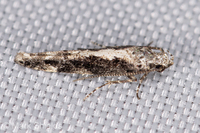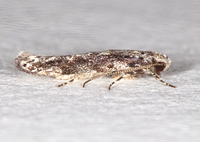
| Recorded by: Marilyn Westphal on 2025-11-21
Henderson Co.
Comment: | 
| Recorded by: Marilyn Westphal on 2025-11-21
Henderson Co.
Comment: |
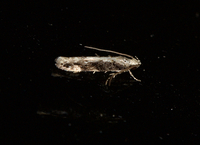
| Recorded by: Jim Petranka on 2025-11-08
Madison Co.
Comment: | 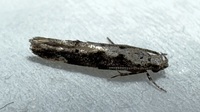
| Recorded by: Marilyn Westphal on 2025-11-06
Henderson Co.
Comment: |
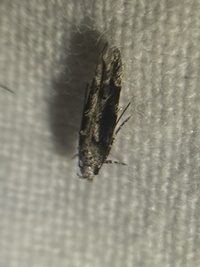
| Recorded by: Larry Chen, Sarah Toner on 2025-09-06
Beaufort Co.
Comment: | 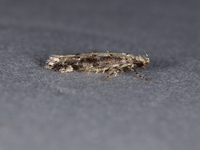
| Recorded by: Jim Petranka on 2025-08-20
Madison Co.
Comment: |

| Recorded by: Jim Petranka on 2025-08-20
Madison Co.
Comment: | 
| Recorded by: David George, David Bradley, Becky Watkins, David Cheng, Michelle Lotker, Tracy Feldman, et al. on 2025-06-28
Durham Co.
Comment: |
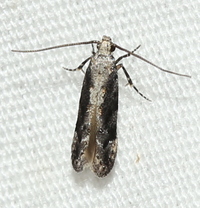
| Recorded by: David George, Jeff Niznik on 2025-05-24
Richmond Co.
Comment: | 
| Recorded by: David George, Jeff Niznik on 2025-05-24
Richmond Co.
Comment: |
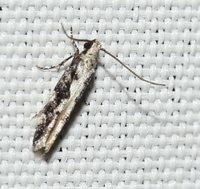
| Recorded by: David George, Bonnie Eamick on 2025-04-25
Wake Co.
Comment: | 
| Recorded by: David George on 2025-04-04
Durham Co.
Comment: |
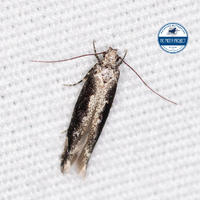
| Recorded by: Lior S. Carlson, Dean Furbish on 2025-04-04
Orange Co.
Comment: | 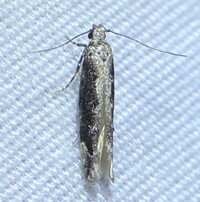
| Recorded by: Lior S. Carlson, Dean Furbish on 2025-04-04
Orange Co.
Comment: |
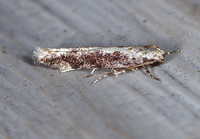
| Recorded by: Jim Petranka on 2025-04-02
Madison Co.
Comment: | 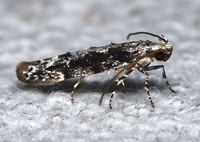
| Recorded by: Jim Petranka on 2025-03-10
Madison Co.
Comment: |
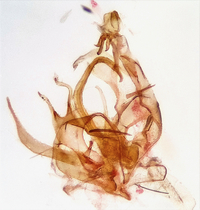
| Recorded by: Jim Petranka on 2025-03-10
Madison Co.
Comment: Male genitalia. | 
| Recorded by: Jim Petranka on 2024-10-06
Madison Co.
Comment: |

| Recorded by: Jim Petranka on 2024-10-06
Madison Co.
Comment: | 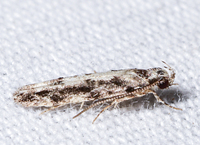
| Recorded by: John Petranka on 2024-10-06
Orange Co.
Comment: |
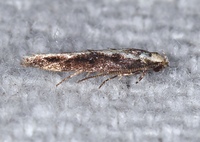
| Recorded by: Jim Petranka on 2024-04-25
Madison Co.
Comment: | 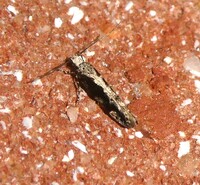
| Recorded by: Simpson Eason on 2024-04-17
Durham Co.
Comment: |

| Recorded by: David George, Jeff Niznik, Rich Teper on 2024-04-16
New Hanover Co.
Comment: | 
| Recorded by: Jim Petranka on 2024-04-13
Madison Co.
Comment: |

| Recorded by: Jim Petranka on 2024-03-30
Madison Co.
Comment: | 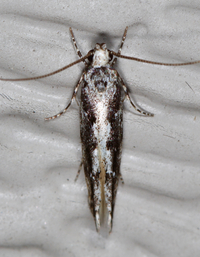
| Recorded by: Jim Petranka on 2024-03-30
Madison Co.
Comment: |
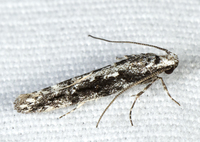
| Recorded by: John Petranka on 2024-03-26
Alleghany Co.
Comment: Verified by dissection. | 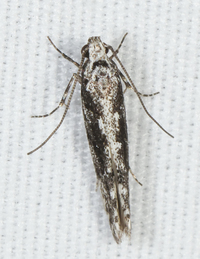
| Recorded by: John Petranka on 2024-03-26
Alleghany Co.
Comment: Verified by dissection. |

| Recorded by: Jim Petranka on 2023-10-29
Madison Co.
Comment: | 
| Recorded by: Ken Kneidel on 2023-10-10
Mecklenburg Co.
Comment: |
|

 »
»